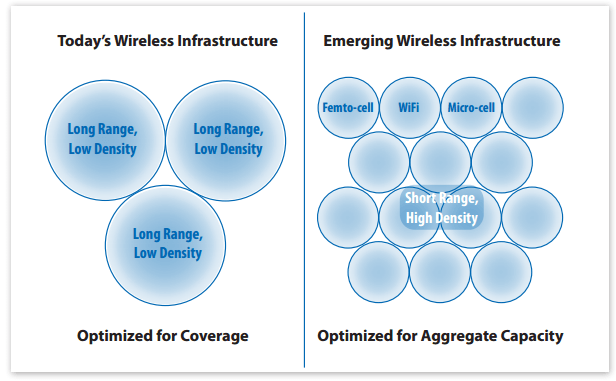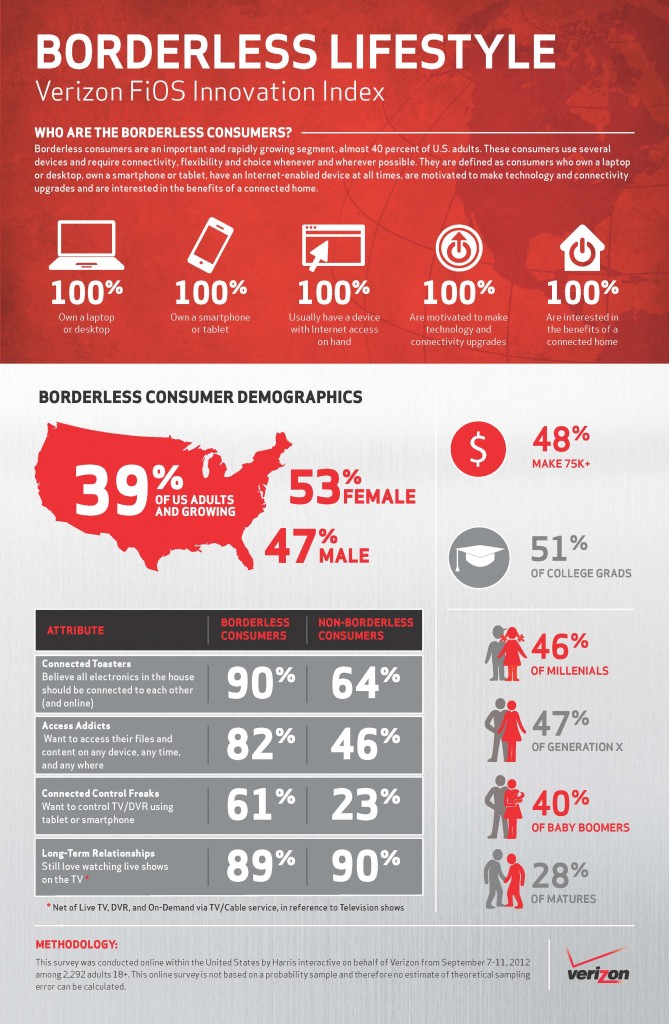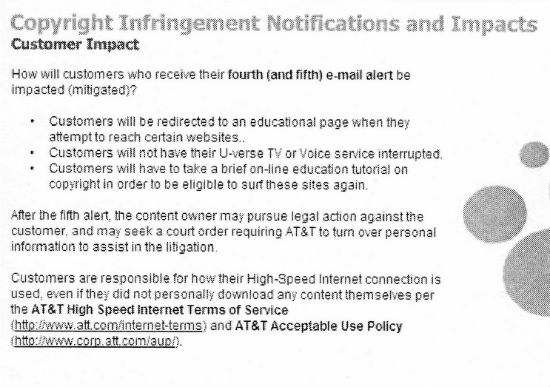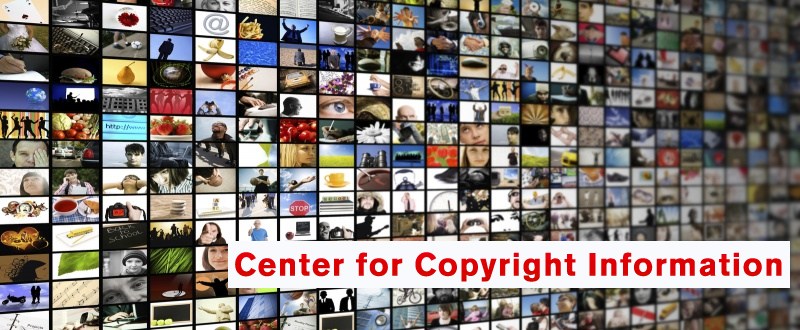 Verizon Communications is on high alert to monitor the potential impact of Hurricane Sandy on the company’s landline, FiOS, and wireless networks — primarily from line damage and extended power outages that could come as a consequence of the slow-moving Category 1 hurricane. Top wind speeds from Sandy have been upgraded this morning to 90mph, making the storm’s impact even more severe for residents along the Atlantic coastline.
Verizon Communications is on high alert to monitor the potential impact of Hurricane Sandy on the company’s landline, FiOS, and wireless networks — primarily from line damage and extended power outages that could come as a consequence of the slow-moving Category 1 hurricane. Top wind speeds from Sandy have been upgraded this morning to 90mph, making the storm’s impact even more severe for residents along the Atlantic coastline.
Verizon retail outlets are stocking up on car phone chargers and universal charging devices to help customers who endure extended power outages, but some retail stores may close early or stay closed if local weather conditions warrant.
Non-essential construction projects and internal training programs have been suspended so the company can focus on network repairs, as needed.
Verizon wireline and wireless business units have activated national and regional command and control centers, enabling Verizon operations teams to monitor the storm’s progress and company operations, including network performance. Verizon has established communications with power and other service providers to ensure proper coordination in the event of storm damage. The company also has contacted vendors and other outside partners so that critical communications equipment and supplies can be prioritized, stocked and shipped as needed.
Company equipment — including poles, fiber-optic and copper cable, portable cell sites that can replace a damaged cell tower and mobile emergency generators that can be used when local electrical power fails — is being staged in and around the mid-Atlantic and Northeast regions.
In addition, Verizon managers are communicating the company’s storm preparation efforts and coordinating pre-planned response activities with the public-safety community, as well as state, county and municipal agencies along the East Coast and the Midwest.
“Verizon Wireless stands ready to serve our customers, and I urge everyone first and foremost to stay safe,” said Dan Mead, president and CEO of Verizon Wireless. “We live and work in the towns and cities in the storm’s path, and we are dedicated to keeping our friends, families and neighbors connected in times like these. We prepare for situations like this year-round, and pride ourselves in our ability to be there for our customers when they count on us most.”
As Sandy’s track came more into focus, the company began communicating with its customers on Friday, posting consumer tips on various company websites, issuing a news release to media outlets in the threatened region and nationally, engaging customers through social media such as Twitter and Facebook, and sending emails to consumers, with key links for troubleshooting and reporting service problems.
Bob Mudge, president of Verizon’s Consumer and Mass Business division, said: “In addition to communicating with customers and ensuring that we will be working to keep the network operating and responding quickly to issues as they arise, we have reminded our employees of the need to work safely, be alert, and help our customers in any way they can. But our people know this well and are at their best in these critical situations when our customers depend on us the most.”
Mudge noted that even though Verizon technicians may be ready to repair storm-damaged Verizon facilities, they may have to wait for approval from local power companies, first-responders or law enforcement before beginning restoration work.
Customers may contact Verizon online at www.verizon.com/outage to report any wireline service-related issues; or call 1-800-VERIZON (1-800-837-4966). Business customers are advised to contact their regular customer service centers or account teams as needed.


 Subscribe
Subscribe









